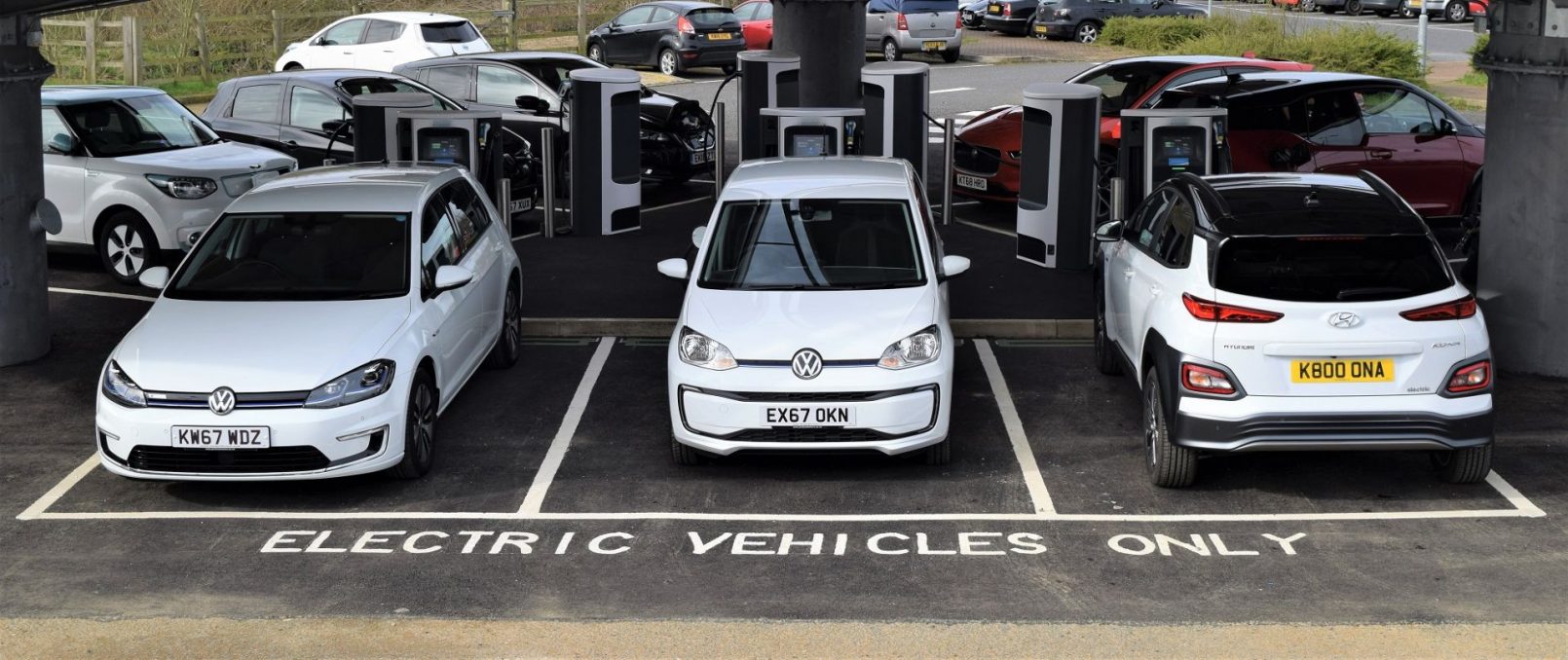Buying an Electric Vehicle in Scotland is easy but making the switch to electric requires careful consideration. Our guide outlines the benefits to drivers who go electric and provides more information about what to consider before making a purchase.
There is no shortage of guidance available for drivers looking to make the switch to electric. We have written this guide to support drivers in Scotland through providing information about what to consider when buying an Electric Vehicle (EV).
It is likely that you are considering making the switch because you would like to reduce your carbon emissions and benefit from the cost savings associated with running an EV, but you may still have some concerns? Things to consider; identifying the right type of EV for your needs, funding your purchase, living with an EV and access to charging points in Scotland.
In this guide, we will share some of the most common concerns we hear about making the switch to electric and help you understand all the benefits that come with it. Start reading our guide below or click the link to skip to a particular section.
1. Choosing your Electric Vehicle
2. Funding your Electric Vehicle purchase
3. Living with an Electric Vehicle
4. Accessing charge points in Scotland
Choosing your Electric Vehicle
It is likely that you have spotted a few EVs you may be interested in test driving or learning more about. It is important to understand the different types of EVs available, to help you make an informed decision.
- A Battery Electric Vehicle (BEV) is sometimes referred to as a pure-electric vehicle, as the only power source is an electric battery that must be charged for the driver to operate the vehicle. A BEV is the most efficient type of electrified vehicle as it is often designed from the ground up for this purpose, leading to a better use of internal space and additional benefits such as weight reduction and superior handling. Most BEV batteries can be charged from 20% to 80% capacity in less than an hour on a rapid charger1.
- A Plug-In Hybrid Electric Vehicle (PHEV) is an electrified vehicle that requires the battery to be charged for the vehicle to operate on electric power when the vehicle is in motion. A PHEV also offers improved efficiency, provided that the battery is charged regularly, and the engine is not worked hard. However, most PHEVs only offer one type of charging port, therefore it will require, on average, 4-8 hours to fully charge the vehicle’s battery in order to gain around 20-30 electric-only miles of range2.
- A Hybrid Electric Vehicle (HEV) is an electrified vehicle that cannot be charged through any driver intervention. A HEV powertrain couples an electric motor with a petrol or diesel engine to achieve better efficiency than a petrol or diesel engine can by itself, by causing the vehicle to operate on electric power only when the engine is not having to work hard.
Type
One of the ways to gain an understanding of your options for buying or leasing any type of EV is to use a tool like the Electric Vehicle Database. This will provide you with information about the total cost of the vehicle, and help you understand the vehicle’s efficiency and battery range. While some will say there is limited choice when it comes to buying an EV, at the time of writing this guide the Electric Vehicle database was displaying over 80 pure electric vehicles (BEVs)!
Style
We have also heard concerns about the limited range of body styles available for BEVs. However, the design of BEVs means that even smaller models may offer just as much space as a vehicle with a petrol or diesel engine, within a smaller footprint. This is because the wheels of most BEVs are pushed right to the edges of the vehicle to allow them to sit lower, reducing aerodynamic drag and improving efficiency.
Warranty
One more area where BEVs have gained the upper hand over their petrol or diesel engine equivalents is in the length of manufacturer warranties. In a move to assure drivers that they will be covered if their battery becomes faulty, the industry standard for EVs has been set at 8 years/100,000 miles (we recommend checking with the manufacturer to confirm this applies to the EV you are planning to buy), compared to between 3 and 7 years/50,000 miles for vehicles with petrol or diesel engines. This extended warranty is due to the vastly increased reliability of an electric drivetrain over its equivalent with a petrol or diesel engine.
1 Dependent on factors like the battery size, maximum charge rate, state of charge and available power supply.
2 This claim was accurate at the time of writing this guide, however, some newer PHEVs now offer the option of rapid charging and provide improved electric-only ranges.
Next page
